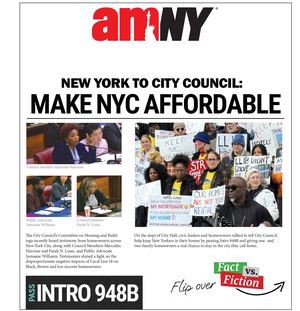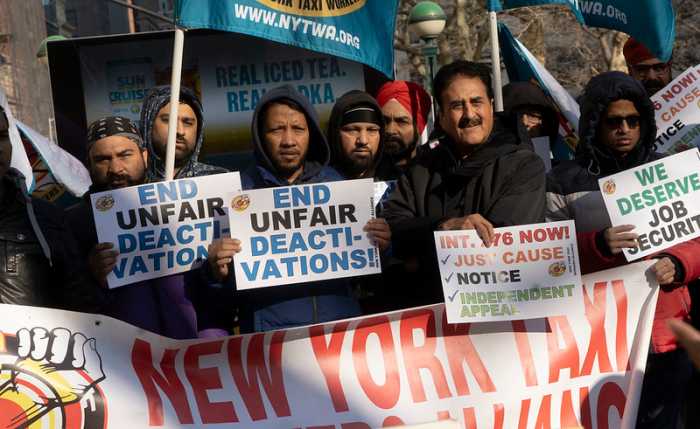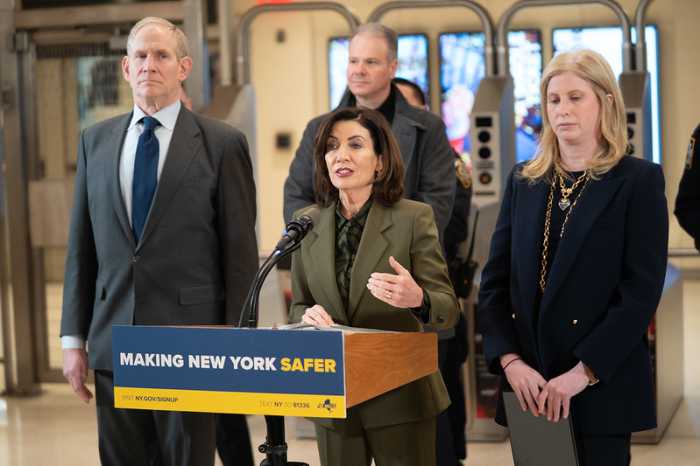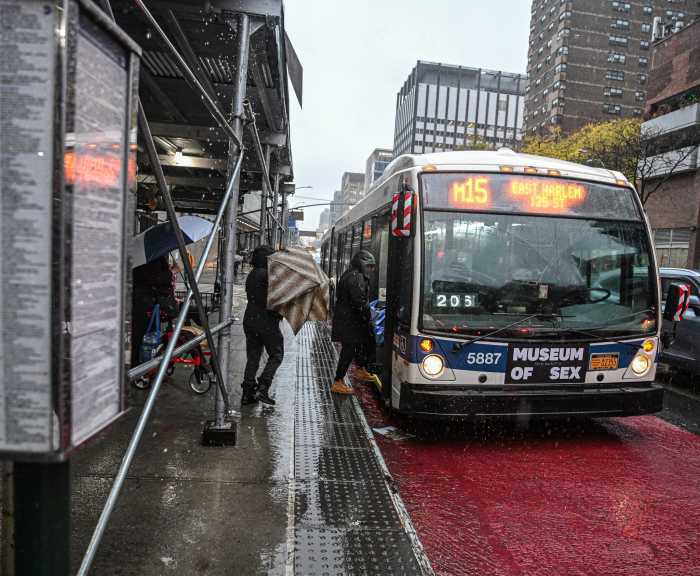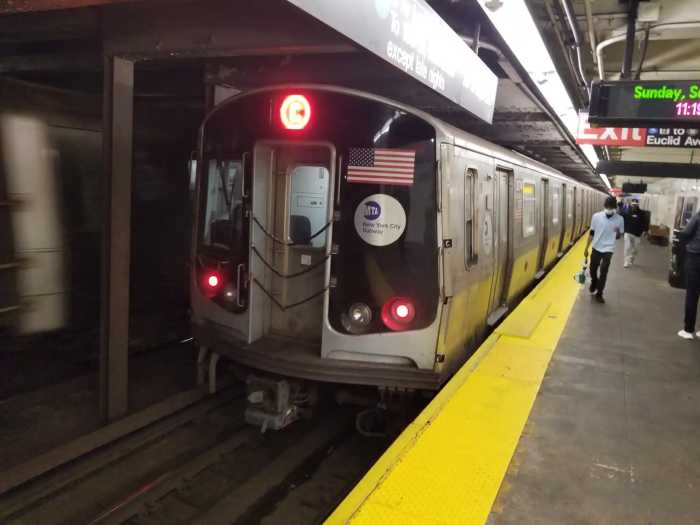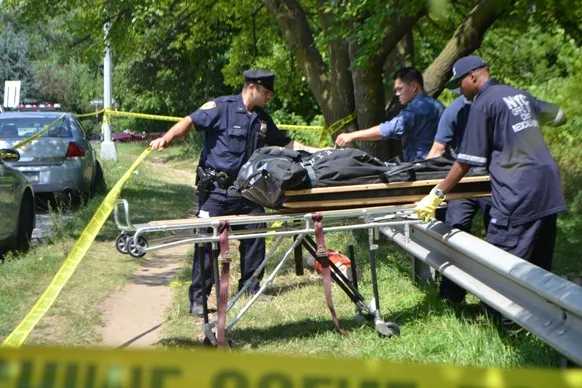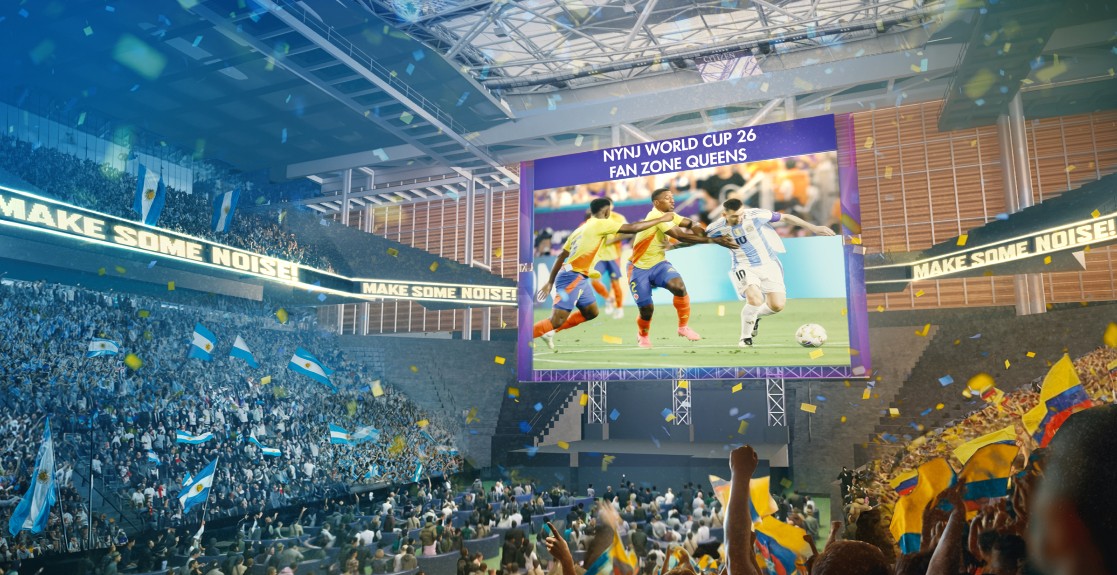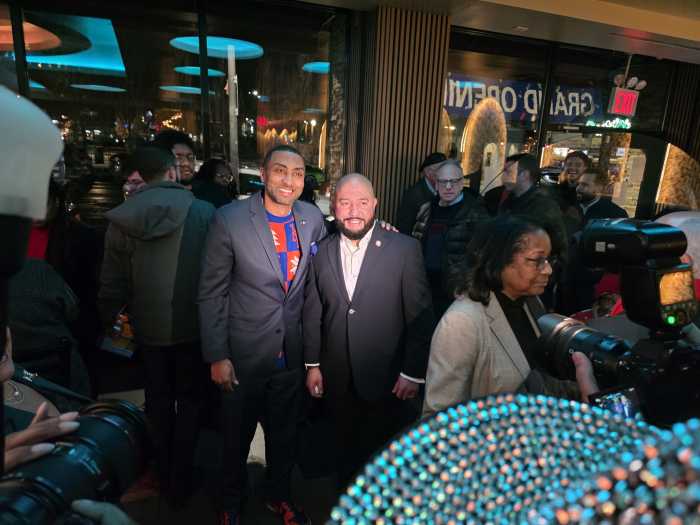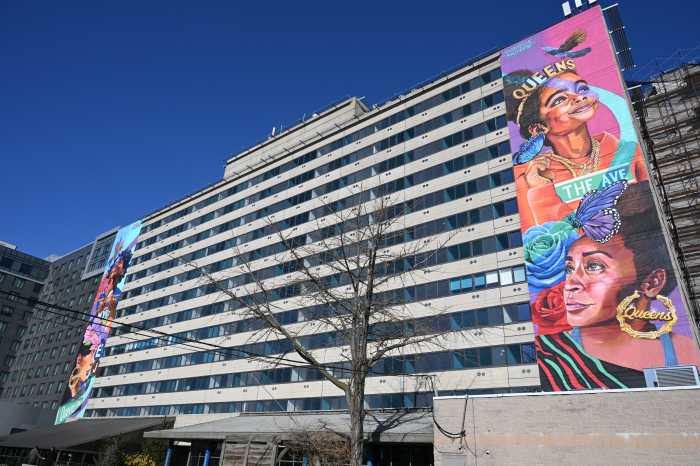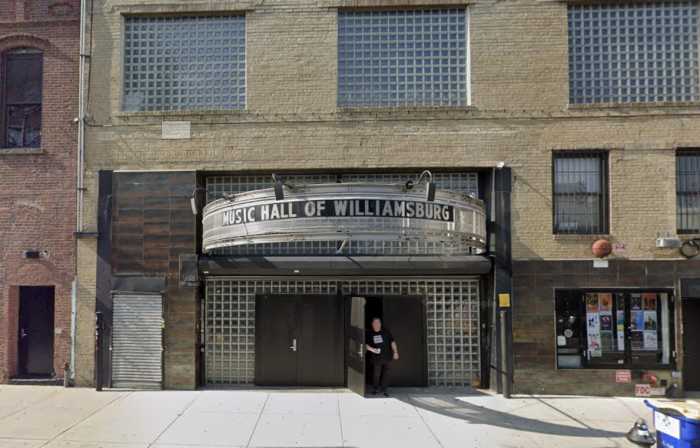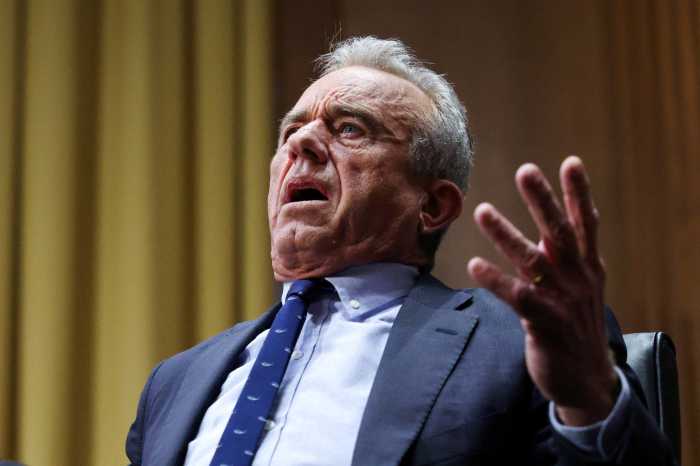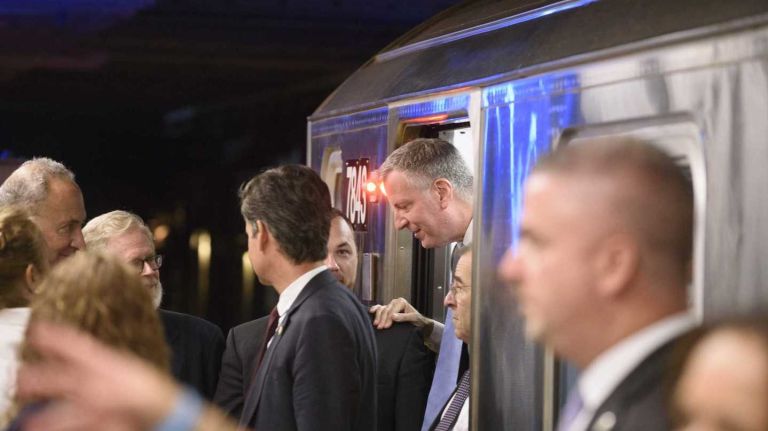
Hey New York, your mayor doesn’t control the subway.
When MTA fares and tolls rise again this March — for the sixth time since 2008 — many riders will inevitably take to Twitter to curse the mayor of New York, Bill de Blasio, as they are wont to do while stuck in the middle of subway delays, or aboard hot cars with broken air conditioners.
But that would be a waste of precious characters.
The MTA is a state-run agency (with Gov. Andrew Cuomo pulling the strings), meaning de Blasio has virtually nothing to do with the daily frustrations of the subway rider. The mayor hasn’t had any formal authority over the subways since the newly founded MTA took control of the subway system in 1968.
“One of the continuing mysteries to me is that New Yorkers still hold mayor accountable for subways after 50 years of gubernatorial control,” said Mitchell Moss, director of the New York University Rudin Center for Transportation Policy. “I think it’s because people in the city don’t think of the state as an agency it deals with often.
“I like to tell people, the mayor controls what goes on above ground and the governor controls what goes on below,” Moss continued. “And when it comes to bridges, they have their separate empires.”
The mayor is more than willing to point it out to the media. Earlier in January an ice-covered drain in a busy subway station managed to cripple a third of the MTA’s subway lines. A reporter at an unrelated news conference asked the mayor what he had thought of the issue, punctuating the question, of course, by noting that the mayor doesn’t control the system.
“Could you say that again, Laura? I couldn’t hear you,” de Blasio said. “What was that last part?”
“You don’t control the subways,” the reporter repeated.
“Thank you,” the mayor said.
Bart Simpson could scrawl it on the chalkboard only so many times.
There is opportunity for some tangible influence. The mayor can appoint four members to the MTA’s board, the agency’s governing body. Those picks, though, must be approved by the state Senate.
Transit experts have spoken glowingly of the mayor’s choices, which include two leaders from the advocacy community in David Jones, president and CEO of the Community Service Society, and Veronica Vanterpool, executive director of the Tri-State Transportation Campaign. He’s also appointed Polly Trottenberg, city’s Department of Transportation commissioner. (His fourth appointee, Councilman Ydanis Rodriguez, was never confirmed.)
But those experts also believe that the mayor could use the bully pulpit more to fight for his constituents.
“De Blasio has a gigantic megaphone,” said Jon Orcutt, a spokesman for TransitCenter and former policy director at the Department of Transportation under the Bloomberg administration.
Koch was the most recent mayor who really scrapped with the MTA, Orcutt said. During a transit strike in 1980, he brought an actual megaphone to greet stranded commuters walking over the Brooklyn Bridge.
“De Blasio can use this megaphone more often to be more involved with transit,” Orcutt continued. “He’s sort of not intervening with a huge daily experience that shapes millions of his constituents’ experiences every day.”
Austin Finan, a mayoral spokesman, pointed out in an email the mayor’s strong appointments to “the city’s limited number of positions on the MTA board.”
“The mayor has been more than mere talk when it comes to supporting the city transit,” Finan continued, “he’s put his money where his mouth is, including a historic $2.5 billion investment into the five year MTA capital plan.”
